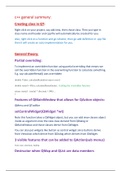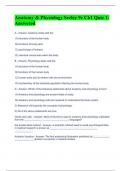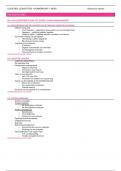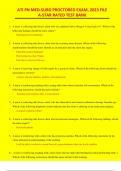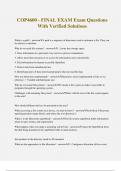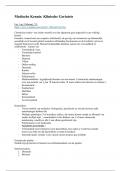Summary
COMPLETE! COS2614 Summary (Programming: Contemporary Concepts)
- Course
- Institution
- Book
This summary contains in depth concepts, explanations and examples which will not only allow you to reduce the amount of time you have to study, but will also assist you with getting a distinction for this module. This summary will replace your prescribe book entirely!
[Show more]
